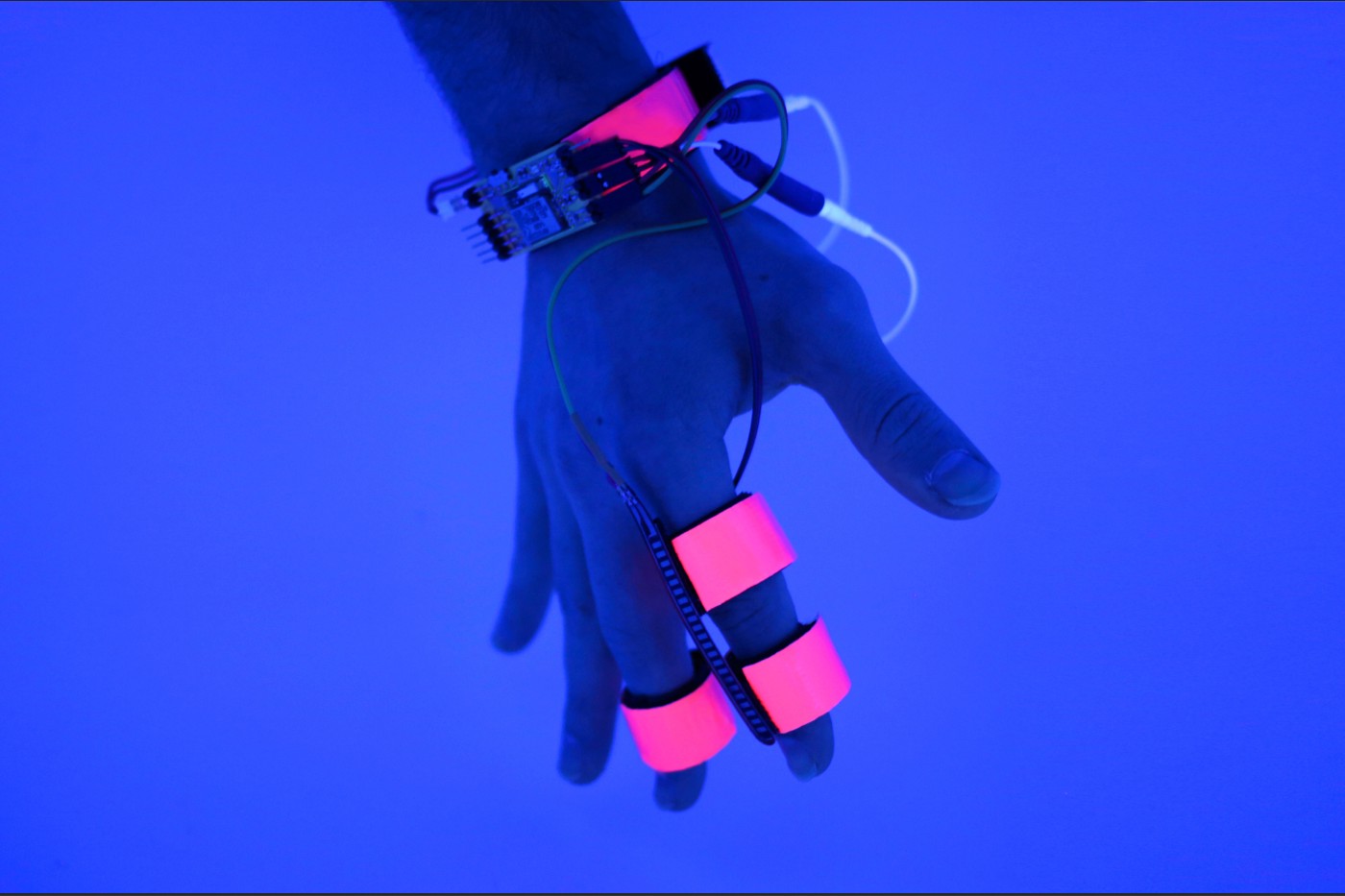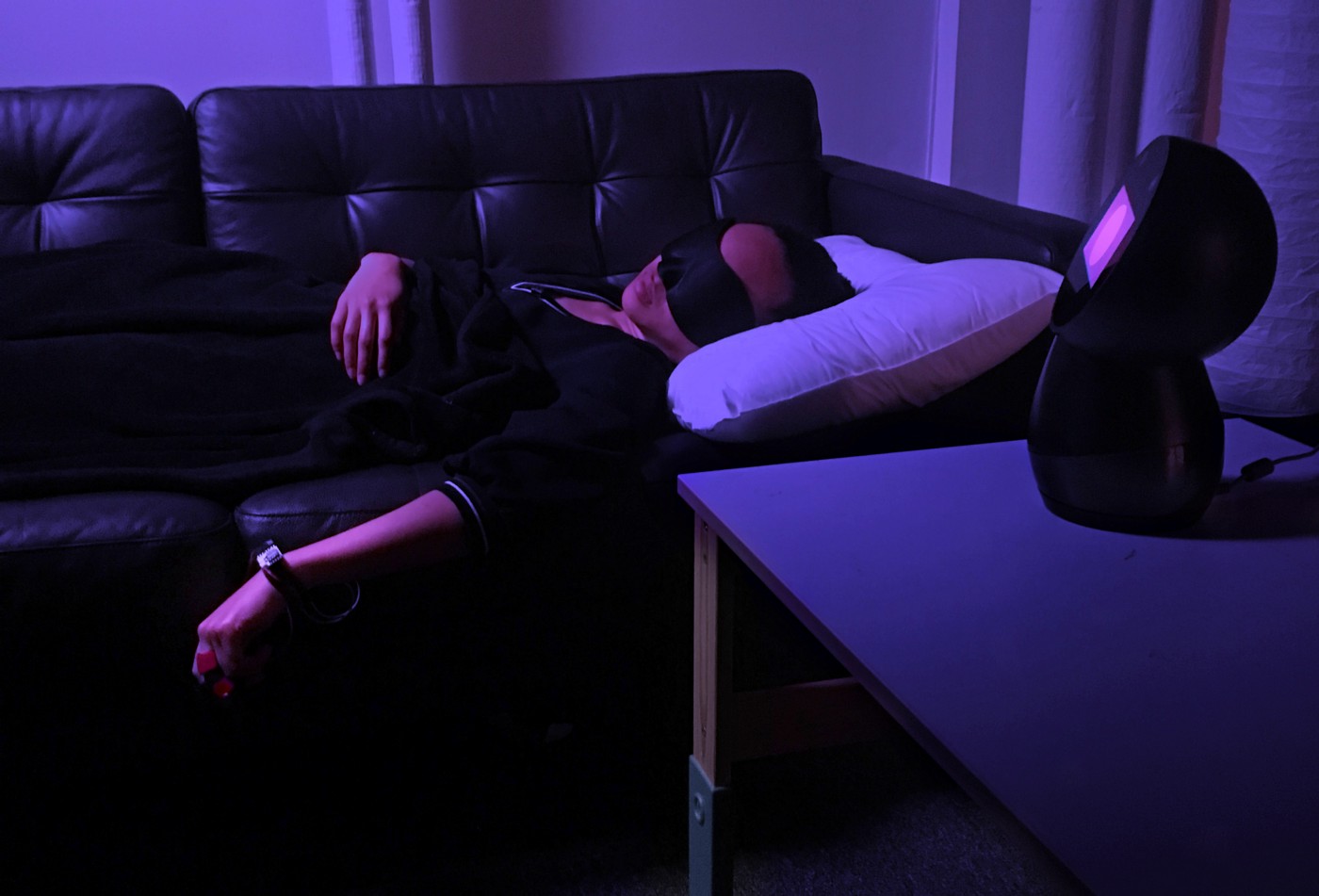Don’t use things in reality to create dreams, it will make you unable to distinguish between dreams and reality.
Shenzhen Translation Bureau is its compilation team, focusing on technology, business, workplace, life and other fields, focusing on introducing foreign new technologies, new ideas, and new trends.
Editor’s note: From improving mood to increasing creativity, scientists at the MIT Dream Lab want to prove the power of dreams. They design products that can affect dreams, but the ethics of such technologies are still questioned. . Dream Lab researchers do n’t think so, they are convinced that their equipment will allow more people and scientists to understand themselves. This article was originally published on Medium, author Tessa Love, original title An MIT Lab Is Building Devices to Hack Your Dreams.

Image source: MIT
Over the course of our life, about a third of our time is spent in sleep, and subconsciousness in deep sleep is an area we have never understood. When we sleep, we dream, although we don’t understand the reason for dreaming well. Dreams are the world that can be seen in the night, and there are jumping storylines in the dreams. They have attracted generations of people to study. But to a large extent, modern science believes that dreams have little effect on daily life.
However, in the Dream Lab at the Massachusetts Institute of Technology (MIT), a small group of researchers have some different ideas. They are developing a new technology that can tap the subconscious mind, thus Prove the value of dreams.
The wonderful effect of sound and smell on dreams
Adam Horowitz, PhD student and researcher in the Dream Lab at the MIT Media Lab Fluid interface Group, said: “Dreaming is actually thinking at night. Once you Successfully dreaming, you will have some changes early the next morning. But we have not conducted empirical research such as questionnaires on this change, and we do not know what is the reason behind this change. “
HoroWitz and his colleagues asked many questions about these changes and hope to answer them. Previous research has shown that dreams may contribute to memory consolidation, emotional regulation, and overall mental health. What Dream Labs is doing is to advance relevant research. The researchers at Dream Lab do not want to simply explore the role of dreams in our lives, but want to know what happens to our lives when dreams are disturbed.
In order to achieve this goal, in 2017, “Dream Lab” was established within MIT Media Lab. They are developing a new open source wearable device that can track and interact with the dream in various ways. The laboratory believes that “dreams are not just randomly generated ideas in the mind, but an entrance to a deeper level of cognition.” Ambitions, that is, they try to prove that when dreams can be cracked, enhanced and changed, our real life can benefit from them.
Horowitz said: “People do n’t currently know that one-third of their time in life can also be changed, constructed, or improved. There are many important things you can accomplish while sleeping, such as improving memory, Increasing creativity, improving mood the next day or improving test scores. “
The most dazzling gem in the Dream Lab is Dormio, which is a glove-like device that can help users enter a half-sleep state (a half-sleep state is a state between a half-wake state and a sleep state. Awake state, at this time, thinking breaks away from reality and begins to fall asleep), and expand, influence and capture this state, so that users can more flexible thinking and free association during this period, thereby enhancing creativity.
The principles behind Dormio are not new. It is said that inventors such as Thomas Edison, Nikola Tesla and Salvador Dalí have made such a move: trying to fall asleep while holding a steel ball. After the ball hits the ground, it is awake, so their sleep is in a semi-wake state for a long time. This is the boundary between consciousness and subconsciousness. In this state, they can better develop their creative thinking.
Dormio updated this method by installing sensors on the user ’s wrists and fingers. The device can read and track muscle tension, heart rate, and skin electrical conduction to identify different stages of sleep. When the user falls into a semi-sleep state, Dormio will play pre-recorded audio, the content is usually a word. In the final step of the experiment, the user’s response also needs to be recorded.
Dormio has conducted an experiment with a sample size of 50. During the experiment, Horowitz found that the content of the audio prompt will appear in people’s dreams. For example, if the word “tiger” is played on audio, the user wouldThe report said that he dreamed of a tiger. In addition to changing the content of the dream, Horowitz also found that the extension of the half-sleep state and the interaction with the real world improved the user’s level of creativity. In other words, Dali’s method does make sense.
Judith Amores is also a researcher at Dream Lab. She reads a blog at the Massachusetts Institute of Technology Media Lab. The current research project is called “BioEssence”, as the name suggests, trying By changing the aroma so that it affects the deeper subconscious, and thus changes the content of the dream. This is a wearable fragrance diffuser. Colleagues can monitor heart rate and brain waves to track the various stages of sleep. When the user enters the N3 stage (that is, the deepest and sweetest stage of sleep) related to memory consolidation after falling asleep, the device will release a preset odor, allowing the user to associate it with memory or learning behavior. Users smell this odor during sleep, and their subconscious mind will strengthen this memory. This device also has an advantage, smell is not like hearing or touch, it is not easy to wake you up.

Image source: MIT
Amores said: “The sense of smell is particularly interesting. It is directly connected to the part of the brain responsible for memory and emotion, that is, the amygdala and the hippocampus. The sense of smell is a very interesting way to happiness.”
Amores’ ongoing research shows that BioEssence can be used as a tool to help change bad memories related to trauma and post-traumatic stress disorder. She said that when inhaling nightmares, by inhaling a positive odor, “you can get rid of the nightmare without being completely awake.”
Speaking of the prospect of this research to enhance dream ability, you may think of the cool scenes like “Pirates of Dreams”, but in reality, it is actually very simple. Imagine it is similar to the sound of the alarm clock you will hear in your dream, or the house in your dream is shaking wildly (in fact, someone is trying to shake you up), the dream lab is using us to sleep This natural tendency to “read” the surrounding environment.
Horowitz said: “In a dream, we will turn any sensory input into a part of the story.”
Is technology controlling thinking?
However, in the world of dream research, not everyone is